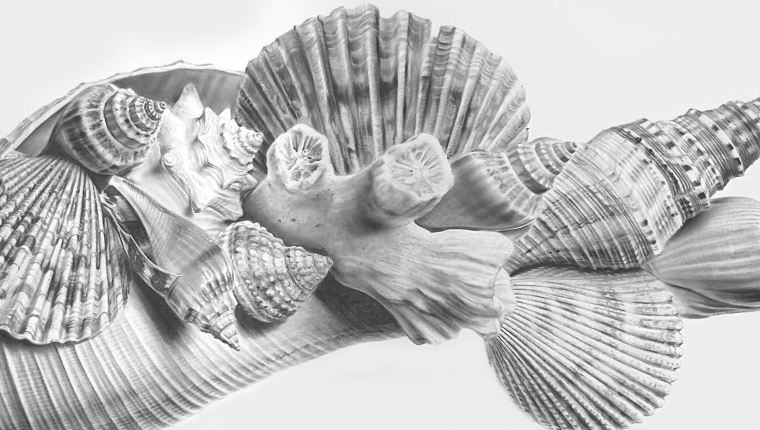Material possessions often act as both symbols of wealth and markers of individual achievement. Pictures adorned with opulent goods serve as commemorative monuments to prosperity, while taste and consumption are perceived as byproducts of access and power. Yet, beneath the veneer of affluence lies a darker narrative, one intertwined with the violent undercurrents of trade.
Throughout history, trade has been both a catalyst for cultural exchange and a conduit for exploitation. The Dutch, enamored with the allure of exotic goods, reveled in collecting naturalist treasures from distant lands. However, this pursuit of the rare and novel was built upon a foundation of imperial and colonial exploitation, where the acquisition of goods was often stained with the blood of those subjected to violence and slavery.
Shells, seemingly innocuous objects, embody this complex interplay between desire and exploitation. Long utilized for decoration, ritual, and play, shells became prized possessions in the early modern era, symbolic of wealth and sophistication. Yet, their allure was shadowed by the grim reality of their extraction, often performed through forced labor and slavery.

The Dutch, profiting from the transatlantic slave trade, amassed wealth that fueled their insatiable appetite for luxury and exotic goods, including shells. However, behind the gleaming facade of collectibles lay a sobering truth—the human cost of acquisition, obscured by the veneer of opulence.
Today, the echoes of exploitation persist in the global economy, albeit under different guises. The mining of resources like precious metals for tech products, often facilitated by slave labor and accompanied by environmental degradation, remains shrouded in silence in the West. The globalized supply chains that sustain our consumer-driven lifestyles obscure the origins of our goods, shielding us from the true cost of our happiness.
Yet, as consumers, we bear a collective responsibility to confront the uncomfortable truths lurking behind our materialistic pursuits. The pursuit of happiness, if built upon the exploitation of others and the desecration of the environment, is a hollow endeavor. Only by acknowledging the full cost of our consumption, both in human suffering and environmental degradation, can we hope to forge a more equitable and sustainable future.
In the end, everything comes at a cost—be it the shells adorning our mantels or the smartphones in our pockets. It is only by reckoning with the true cost of our desires that we can begin to dismantle the systems of exploitation that underpin our modern world.
My drawing, Obtained, Exchanged, Stolen, Valued, and Collected, will be on view at the Creative Pinellas Gallery from May 9-July21.





